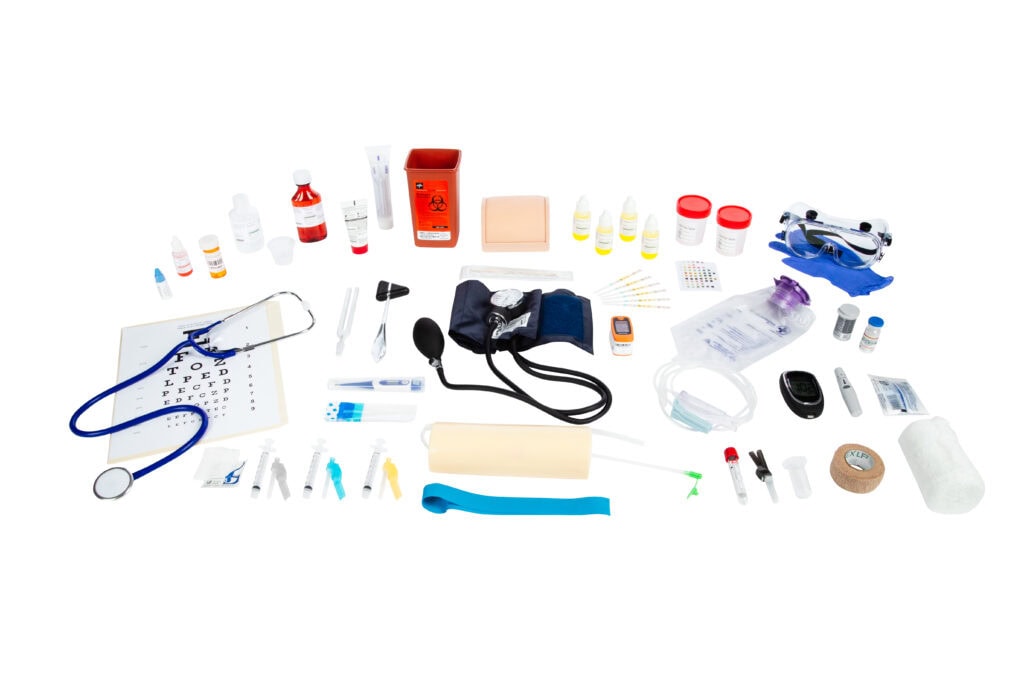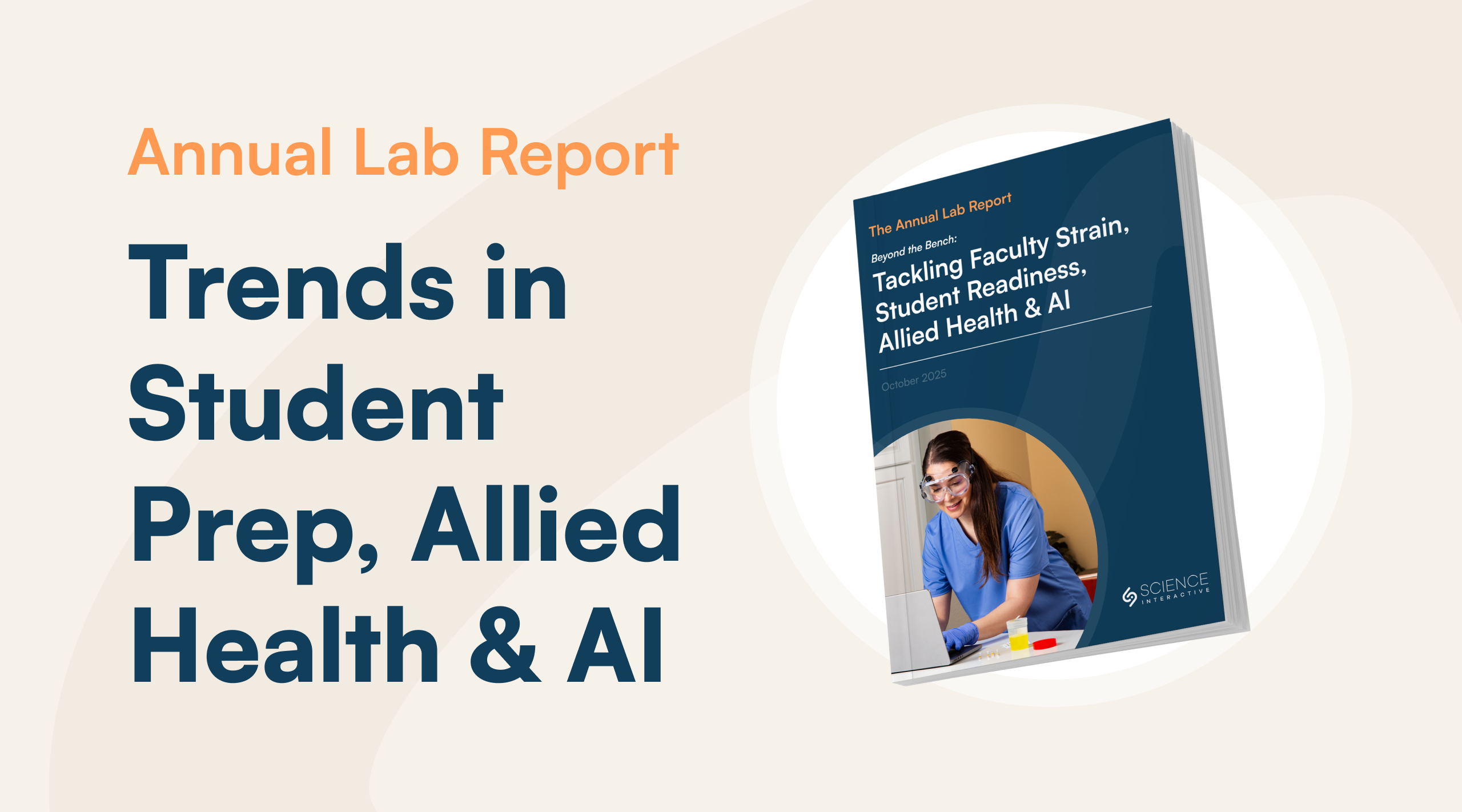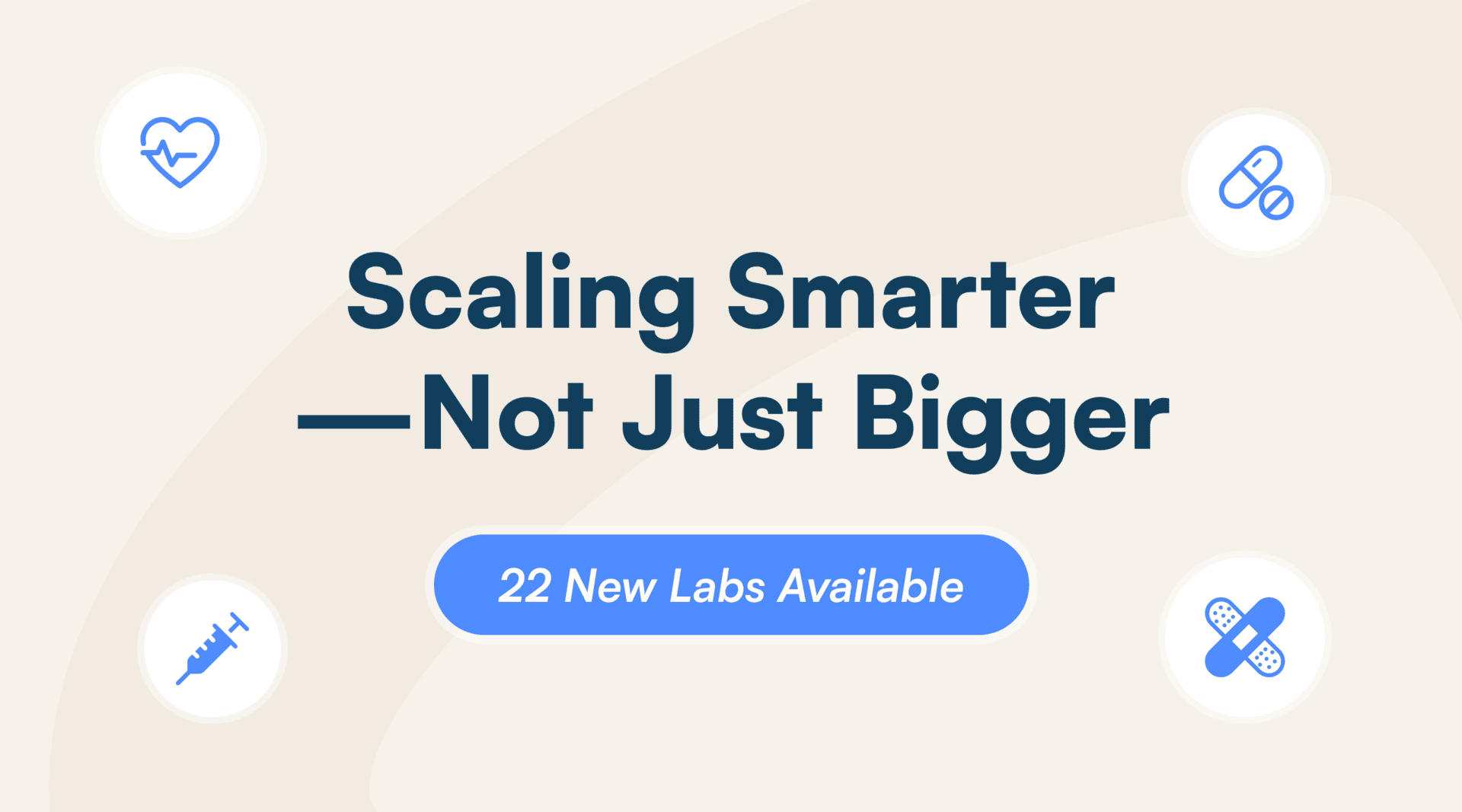News alert! We need more nurses—and we needed them yesterday. According to the U.S. Bureau of Labor Statistics, the healthcare system needs to add over 193,000 new RNs annually through 2032 just to meet demand. That’s not a staffing issue—that’s a full-blown pipeline crisis.
What’s more, data released by the American Association of Colleges of Nursing (AACN) showed that the number of students in entry-level baccalaureate nursing programs decreased by 1.4%, ending a 20-year period of enrollment growth in these programs. Now here’s the catch. In 2022, over 78,000 qualified applicants were turned away from nursing programs, not because they didn’t meet criteria, but because schools simply couldn’t handle the volume. So what’s clogging the pipeline?
- Faculty Shortages: Nearly one-third of nursing faculty are expected to retire by 2025, according to the NLN. Hiring replacements? Not so easy when the average salary for clinical instructors significantly trails what seasoned nurses can make at the bedside.
- Limited Lab Space and Clinical Placements: Programs are struggling to provide hands-on experience. In some regions, clinical site competition between nursing schools is fierce enough to make you wince.
- Outdated Infrastructure: Many institutions still rely solely on traditional, campus-bound models that don’t scale with enrollment or meet the needs of today’s more flexible education ecosystem.
Add to that the rise in accelerated, online, and RN to BSN pathways, particularly for career-changers, and the system starts to buckle. In fact, the push for nurses to obtain a BSN has intensified. Over 70% of employers now express a strong preference for hiring BSN-prepared nurses, and 25% of hospitals require all new nursing hires to have a BSN. That means more nurses working full-time and second-career nurses—those transitioning from teaching, business, or other fields—are seeking faster, more flexible ways to enter the workforce. These students are motivated and mature, but require educational models that can accommodate their needs.
Bottom line: The traditional model can’t carry the weight anymore. It’s time for something better.
See Nursing Fundamentals in Action
Scaling Smarter—Not Just Bigger
Growth Isn’t Just About Numbers
Unfortunately, programs have traditionally treated on-campus and online labs as separate challenges with different solutions—a siloed approach that only leads to inconsistencies in quality, increased faculty workload, and complicated resource management. But with increasing resource constraints and competition for enrollment, you’ll have to differentiate your program—and fast.
Of the nearly 300 deans and chairs we surveyed last year, more than half cited declines in enrollment in on-campus labs. Nearly 75% reported continued growth in online options with increases in student demand for hybrid/blended courses—some of the loudest calls from your very own on-campus students.
Combined with rising pressure to control costs while maintaining quality, faculty stretched thin managing multiple delivery modes, and the need to serve diverse student populations, the key to growing your nursing program lies in a much more scalable, holistic approach.
Sure, you can add more seats if you have the space—but that doesn’t mean students are getting what they need. If all your program growth does is pack more bodies into lecture halls without improving lab access or clinical training, you’re not scaling in the most effective way you could. You’re just swelling, as you struggle to figure out just how every student gets the hands-on experience they need.
Consider this: Would you trust a nurse who only practiced vitals on a screen?
Growth should mean so much more than quantity. It should mean better support, more touchpoints, and immersive lab experiences that meet clinical standards—whether the student is on-campus, online, or somewhere in between.
This is especially important in hybrid and online programs, where quality often gets questioned. Done right, these modalities can actually enhance learning—think asynchronous modules for theory, paired with intensive hands-on labs delivered through kits and local partnerships.
But that “done right” part? It’s not optional. It’s the backbone of a high quality offering.
Rethinking the Nursing Lab: What Does a Scalable Lab Actually Look Like?
If traditional labs are built like restaurants—think physical spaces with limited capacity and fixed hours—then today’s labs might need to be configured more like meal kits to get the most out of them: all the ingredients, real tools, professional-grade instructions, delivered where and when students need them.
A scalable lab approach must support:
- Flexible formats: Online, hybrid, or in-person, students should be able to engage in hands-on activities from anywhere.
- Real-world practice: Whether you’re 500 miles from campus or two blocks away, the clinical skills you develop need to mirror real hospital environments.
- Accreditation-aligned standards: Accrediting bodies like the Commission on Collegiate Nursing Education (CCNE) and Accreditation Commission for Education in Nursing (ACEN) are clear—lab experiences must prepare students for practice, not just exams.
Here’s what a strong lab should include:
✅ Hands-on activities with real equipment – Think IV arms, wound care models, injectable simulants
✅ Integrated digital curriculum – Support theory with structure
✅ Embedded safety training – Before a needle ever hits real skin
✅ Support for all modalities – Online, hybrid, and on-campus
✅ Instructor visibility – Dashboards and grading tools that actually help faculty keep students on track and improving with each activity.

Imagine the opportunities this opens up for your on-campus labs. Being able to offer nursing fundamentals courses online could help free up space for higher-level labs that need to be done on-campus, reducing strain on physical resources.
This isn’t the future—it’s what students need now.
Meeting Students Where They Are
Let’s talk about who’s actually in your program.
According to the National League for Nursing, today’s nursing students are older, more diverse, and often juggling jobs or kids. More than 37% are over age 30, and a significant number identify as nonwhite or Hispanic/Latino. Many are first-generation college students. These are resilient learners—but they need programs that respect their reality.
Take “Melissa”—a fictional student inspired by ones you might know well. She’s 38, works full-time, has two kids, and is taking night classes to become a nurse. She doesn’t have time to commute across town just to use the lab for an hour. But give her a lab kit, an online portal, and support when she needs it? She’ll be top of the class.
If your lab model can’t flex for Melissa, you’re not preparing for the future, which means your program is at risk of falling behind those that do.
Flexibility ≠ Fluff
This is where critics start frowning: “But can you really train great nurses outside a traditional lab?”
Yes, you can. Quality doesn’t come from location. It comes from curriculum design, instructor involvement, and alignment with clinical standards.
Hybrid doesn’t mean hollow. Online doesn’t mean screen-only. It’s about how the experience is built. At Science Interactive, nursing labs are aligned with CCNE and ACEN standards, using:
- Accredited-aligned curriculum developed in partnership with experts, certified by Quality Matters, and aligned with the OpenStax Clinical Nursing Skills textbook
- Clinical-grade materials—Injection practice pads, model arms for performing blood draws, and lab-grade equipment to measure vital signs
- Integrated grading and LMS support to give instructors real-time insight
We also give you the ability to pair any of our 22 hands-on and virtual labs, including an all-new Nursing Fundamentals, with virtual simulations, to create an immersive learning experience for any nurse.
Rest assured. This isn’t just YouTube learning. It’s tactile, structured, and deeply intentional.
Let’s Talk Practicalities
You know better than anyone … Deans and Chairs don’t have time to reinvent the wheel. Science Interactive is designed to work straight out of the box—and scale with your program.
Our 22 essential nursing labs are built, packaged, and ready for delivery. The curriculum is aligned with OpenStax Clinical Nursing Skills and developed by credentialed experts. Then, pair these with core fundamental labs in pharmacy tech, microbiology, genetics, biology, anatomy & physiology, and GOB to set up students for success. Plus, the Lab Portal to assess and track student progress plugs right into your LMS for seamless grading and visibility.
Here’s why it matters:
- Expand enrollment without adding lab space, including adding sections to meet demand
- Free up faculty for instruction, not lab prep
- Stay compliant with accreditation bodies
- Support all students, traditional or nontraditional
- Support greater student success
Students in every format—on-campus, hybrid, or online—deserve equal access to rigorous, thoughtfully designed nursing coursework. When that consistency slips, it doesn’t just impact learning outcomes; it erodes trust in the program, damages institutional credibility, and ultimately impacts their success in clinical environments. Programs that expand access across formats and standardize those lab experiences build a stronger academic foundation.
Students benefit from a coherent, high-quality experience that feels equitable and intentional—not like an afterthought. That translates into better engagement, higher retention, and more positive word of mouth. Reputation, as you know, travels fast—especially among prospective students comparing programs.
Faculty also feel the difference. With aligned pre-labs, simulations, and hands-on kits instructors—especially helpful for on-campus lab courses—can teach more effectively across formats without reinventing the wheel every semester. It reduces cognitive load, minimizes repetitive tasks, and frees them up to focus on what they do best: teaching, mentoring, and preparing the next generation of nurses.
See Nursing Fundamentals in Action
An All-in One Solution for Nursing
The image of great nursing education doesn’t have to include fluorescent lab lights and hard plastic chairs. Tomorrow’s best nurses might learn vitals from their kitchen tables and practice injections in their home office. That’s not compromise. That’s progress.
With a comprehensive approach to scaling your nursing offering—complete with curriculum aligned to Quality Matters standards, lab-grade hands-on kits, and Lab Portal to deliver your content—you can be sure you’re giving your nursing students the kind of learning experience that drives better outcomes and gets them excited about their careers.
If you’re ready to grow your program without sacrificing what matters, let’s talk. Explore how Science Interactive can help you serve more students, uphold clinical rigor, and stay aligned with accreditation—all without overburdening your faculty or infrastructure.
Discover more articles

Research Reveals a Dual Prep Problem in STEM Courses & New Opportunities to Deliver Rigor at Scale

Science Interactive Launches New Nursing Fundamentals

